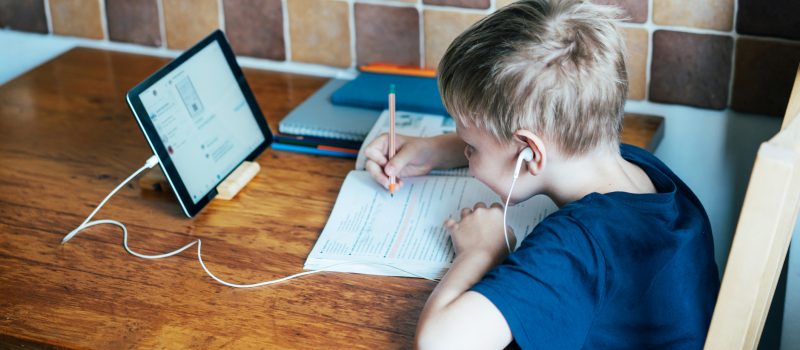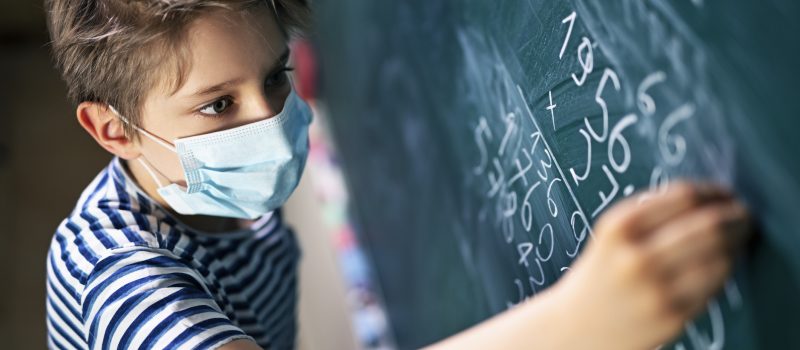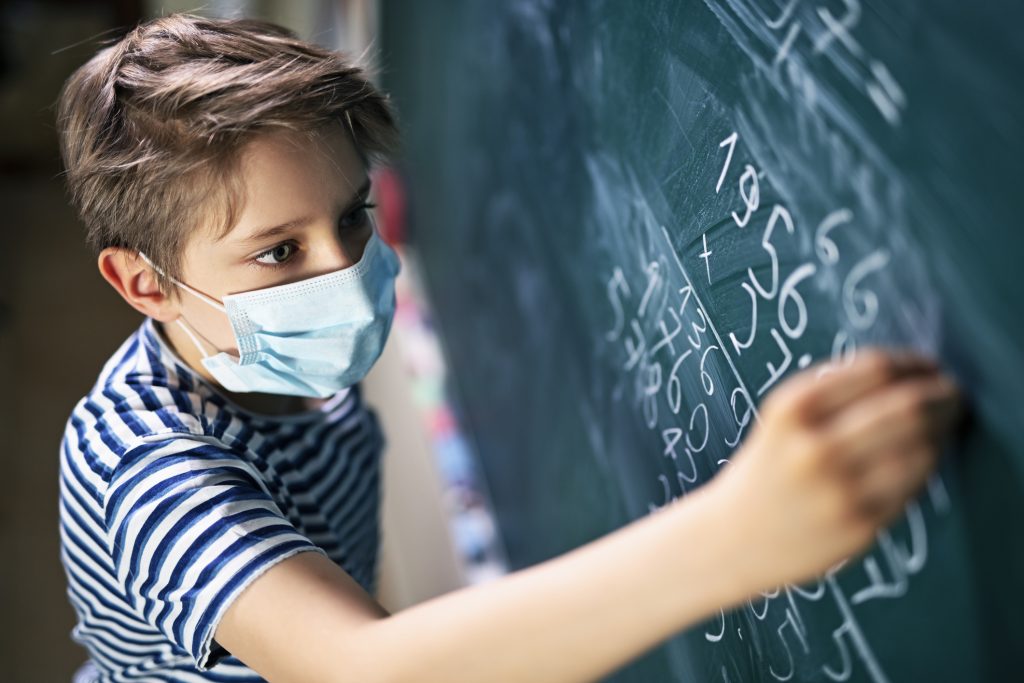Bilingual Education is tough, even in the best of times. However, after a once in a generation pandemic our students have felt the impact, not only in the classroom but in every aspect of their lives. How can we, as educators, support our students as they are returning to normal and trying to play catch-up? In the first major study done in the United States since the pandemic, scores plummeted to the lowest in the last 20 years. What do these scores tell us about remote learning and how schools should be helping students recover?
The National Assessment of Education Progress is considered the gold standard of standardized testing in the United States. The comparable exam here in the Autonomous community of Madrid would be the CDI (Pruebas de Conocimientos y Destrezas Indispensables). This exam tests comparable common measures across all 50 states and more than a dozen large school districts. It is considered the nation’s report card. The exam tests both math and reading in 4th and 8th grades. With the pandemic, testing was delayed a year, therefore this is the first test since 2019. This is the first assessment of how kids fared during the pandemic.
The results were unbelievably sobering. When it comes to math, 8th grade scores declined in 49 states. 26% 8th graders are proficient in math, down from 34%, which means only one in four students are proficient in math at an 8th grade level. 4th graders decline in math in 41 states which means that 36% are proficient, down from 41%. Reading declined in more than half the states and no states showed sizable improvement. One in three students are proficient in reading. Analysis and comprehension are the competencies that need most improvement.
The study concluded that the longer schools were closed, the worse kids did, especially in maths. Student’s reading comprehension was not as weak because math in general is more effected by what happened in schools. Reading can be done at home. Parents are comfortable reading before bed or reading with their children. This can be said of English here in Spain. Parents can turn on a TV show in English, but when it comes to really helping their children with English, most families are at a loss.
In addition to results showing a decline in most states, the gap between the highest performers and lower performers widened. There has always been a gap between students with means and students without, however, the pandemic exacerbated this. In 4th grade math, the top 90% of students lost 2 points while bottom performers (bottom 10%) lost 7 points. Researchers from Stanford and Harvard analyzed these results and found that remote learning was a driving factor, but poverty was an even bigger driver. When it came to low performers, only 40% always had access to a computer or something as necessary as a quiet place to work.
English, in Spain, is in the same boat at math. Some families are able to help their children at home with acquisition of the language, but many cannot. Traditionally it has been families with more stable incomes that have been able to pay for their children to study abroad, to go to private academies or individual teachers at home.
Now that students are back full time, without masks and no classes getting quarantined, a sizable study needs to be done to see how much test scores have declined in Spain, especially with our lower income students who also did not have access to a computer or Internet access at all times due to other siblings in the house needing the computer for their online learning. There has always been a sizable gap between students with more opportunities and students without them when it comes to learning English in Spain. We cannot let the pandemic and remote learning become yet another reason English is the defining line between the ‘haves’ and ‘have nots’.







